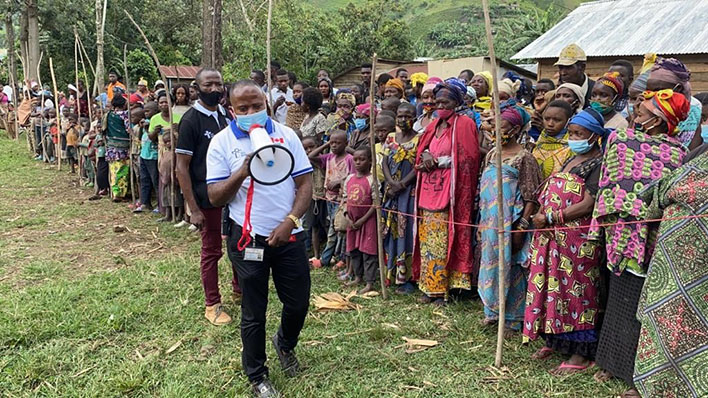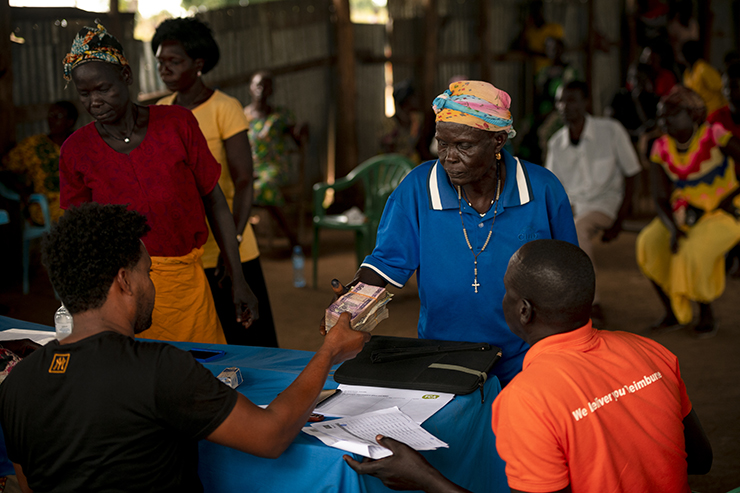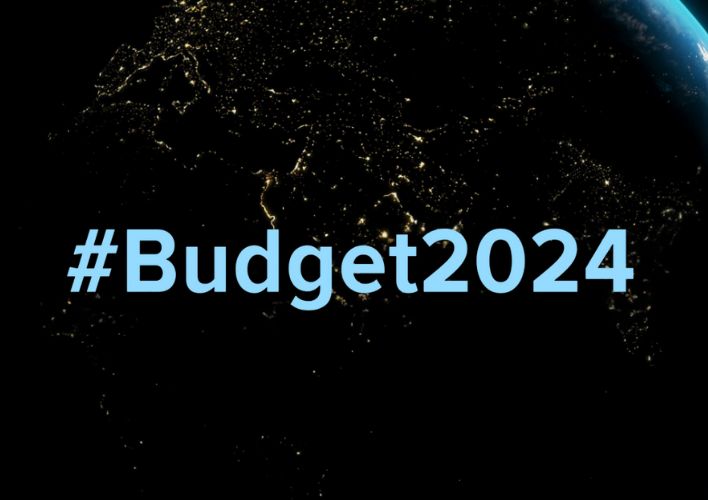Dear Elon Musk,
Thanks for your Twitter offer of $6 billion to solve world hunger. Like the World Food Programme (to whom you made the offer), Canadian Foodgrains Bank has a solid track record on overcoming hunger.
Last year, nearly a million people affected by hunger in 33 countries ate better as a result of our work. We’re grateful to the thousands of Canadians who donate, and to matching funds from the Canadian government, but an additional $6 billion or so from you could multiply our efforts.
I’m sure you know that solving hunger is complex. Hunger is a problem because of poverty and inequality, climate change and natural disasters, violent conflict, as well as food system failures. But this just means the success in these areas are even more rewarding.
For example, through our work, over 50,000 small-scale farmers in east Africa have started using farming techniques that increase their yields, diversify nutrition and improve the soil, even as the weather grows more erratic. Agricultural leaders, initially skeptical, have been won over. We’ve seen these techniques included in the training for agricultural extension officers, to reach millions of farmers per year.
In Iraq, where water is crucial for raising crops and livestock, water services were destroyed during conflict. After villages were liberated, villagers were paid to rebuild infrastructure, providing cash to buy food in the short term, and then water to grow it.
In Kenya, where COVID has disrupted movement of people and goods, our partner developed a smart phone app to communicate with farmers about farm production and marketing. While many others suffered economic loss, the farmers in this program maintained or improved their food status.
Let me caution that there are no guarantees in this work. As an entrepreneur, you know that investments come with risks. And our bailiwick is the parts of the world where conflict, climate change and economic upheavals intersect with gender inequality and human rights abuses. Calling this a challenging environment for investment would be an understatement. But going elsewhere is not an option, as that’s where hunger reigns. And as an organization that is always learning, we can say with confidence that this year’s work is smarter than last year’s.
We work with local organizations based in the communities where people are hungry. When peace talks fail, when COP negotiations drag on, and when COVID closes borders, these are the people who feel it in their bellies. They often have innovative ideas for solutions, but they can’t risk trying something new when they live so close to the edge. If it doesn’t pan out, it could literally mean starvation or tremendous hardship for their families. What’s needed is money to support them.
Speaking of learning, you might be interested in a 2020 report by three top research agencies on what it would actually cost to end hunger. The CERES 2030 report sifted through half a million reports to discover what’s actually working in the fight to overcome hunger. CERES came up with ten recommendations, broken into three big categories: invest in farms, invest in food value chains, and empower the excluded. Their price tag is US $33 billion per year of public investment for 10 years, which is expected to leverage $52 billion per year in private investment.
But getting back to your offer. Innovation abounds among our locally-based partners and the people they support. The people who are experiencing hunger often have the most effective ideas for how to overcome the difficulties they face. They often just don’t have access to the resources to put their ideas into motion or networks to spread the results.
An Elon Musk End Hunger innovation fund (with transparency and results reporting) could be a big step to getting resources into the hands of those who are most vested in seeing an end to global hunger.
Written by Paul Hagerman, director of public policy, Canadian Foodgrains Bank.




